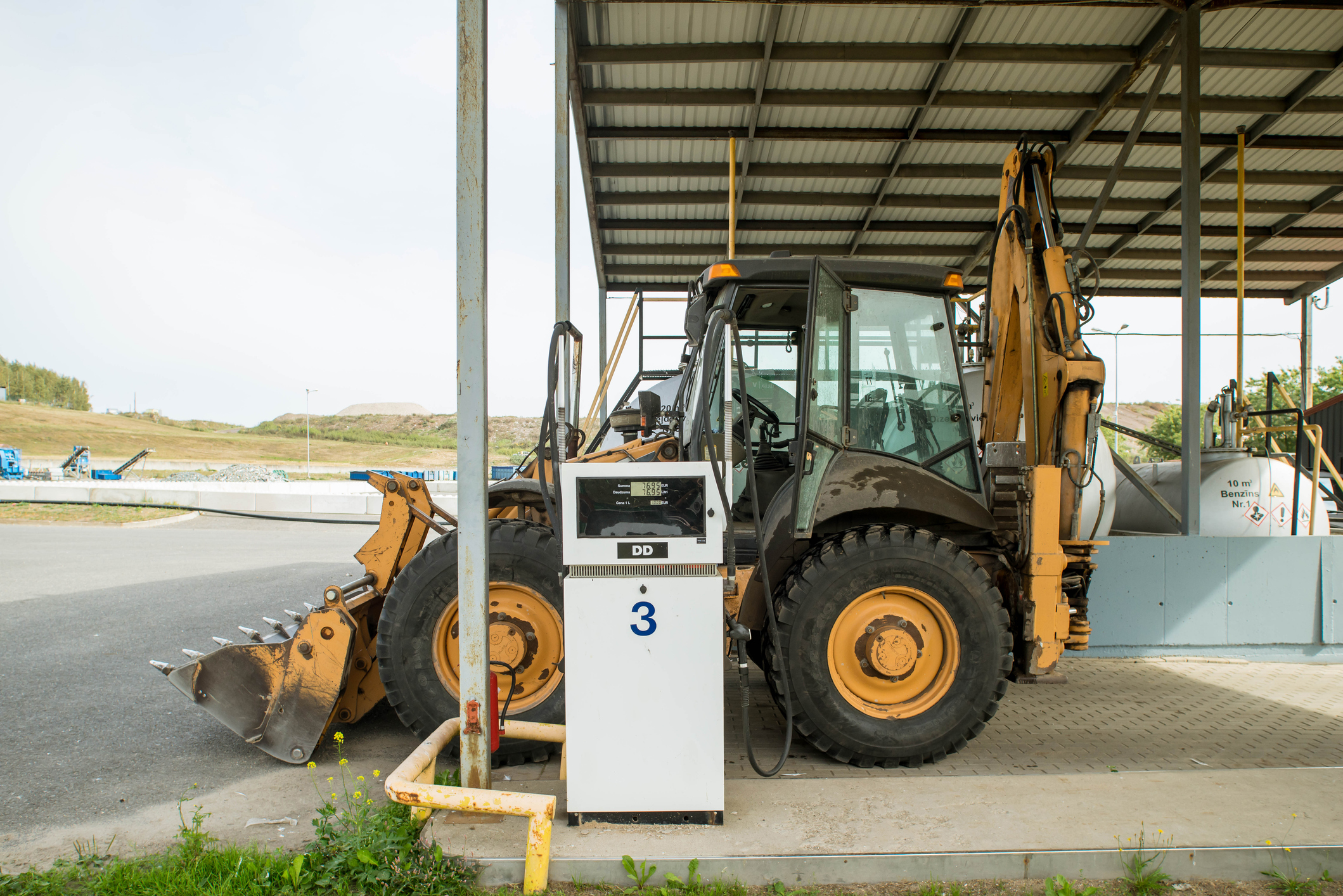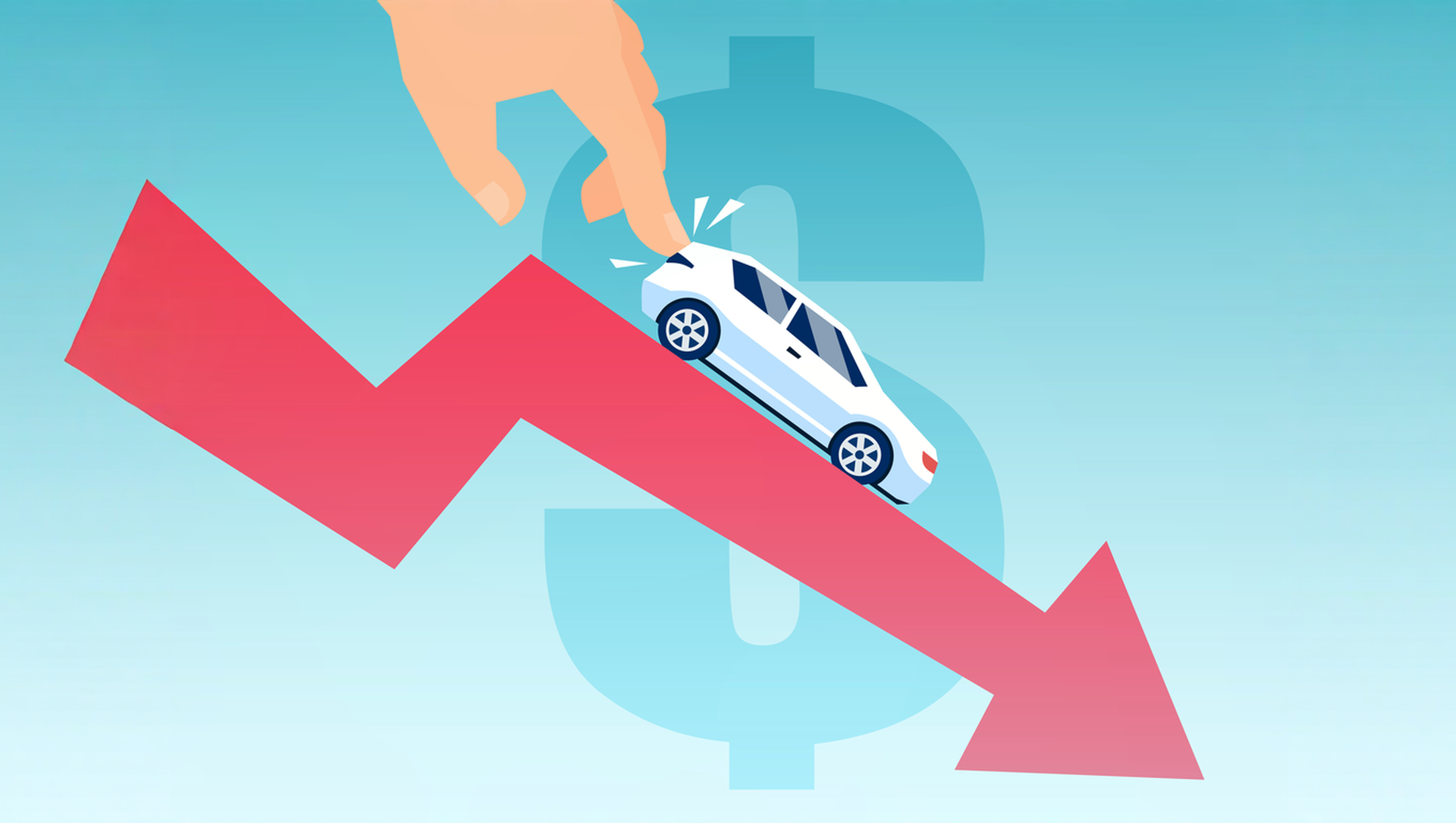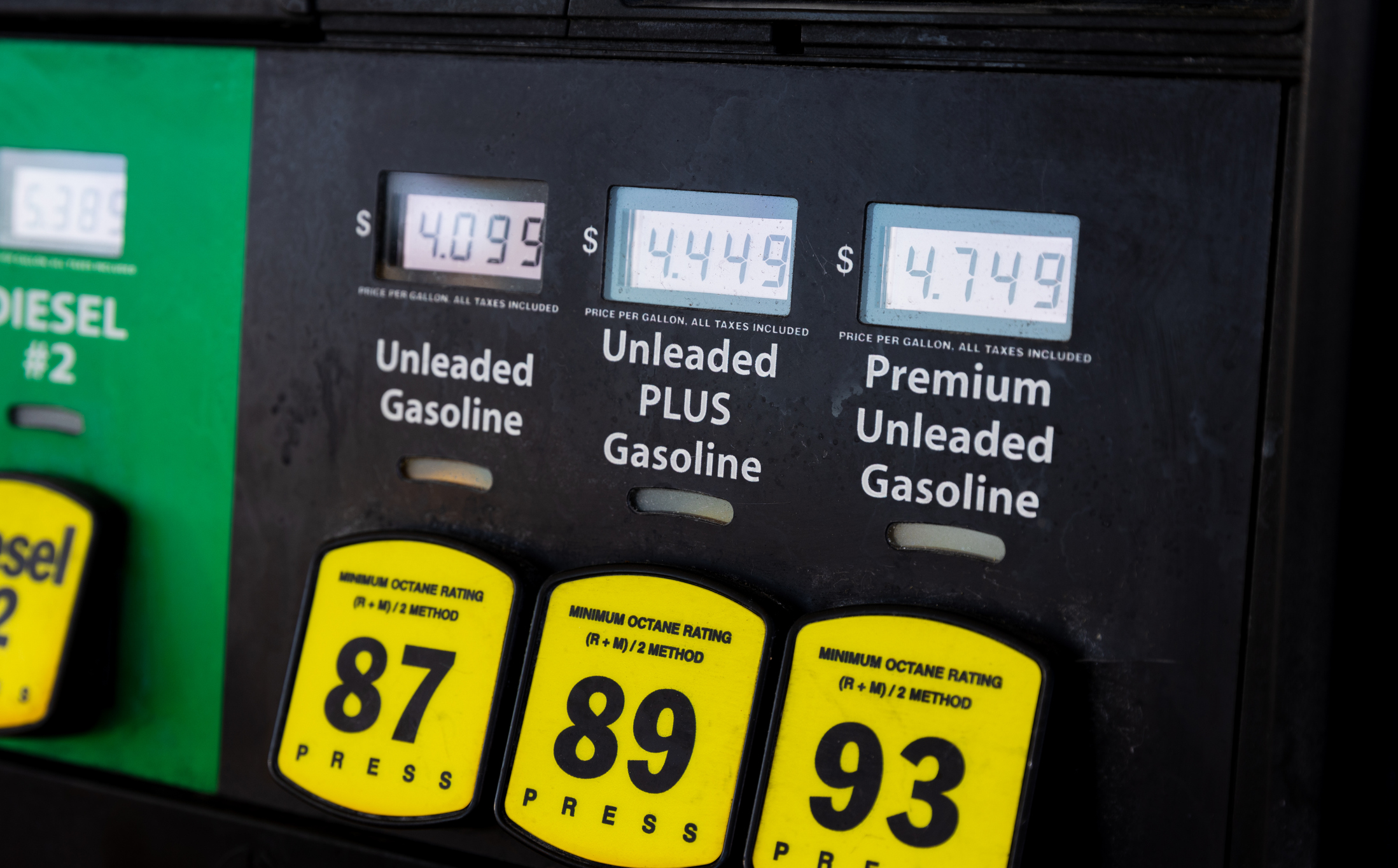There are two primary approaches to environmental policy.
One focuses on effectively reducing environmental impact. It is a slow process that requires rigor and attention to science and economics.
The other is to just say things that feel good (no matter how absurd) and call it good. Here are three recent examples of the latter approach.
Carbon tax advocates argue trade is bad unless it is good
The Sightline Institute published an unusually thoughtless report last week, claiming Initiative 1631, which would create a carbon tax would make us richer because it would “keep consumers’ cash local.” The introduction to their analysis says:
“People in Washington spend billions of dollars each year on dirty fuels. A big chunk of that money goes to out-of-state oil companies instead of staying in Washington to help create local jobs or improve quality of life. Initiative 1631, a citizen-backed measure to pass a Washington carbon fee, could change that by shifting the transportation sector away from fossil fuels and toward walking, biking, transit, cleaner fuels, and electric vehicles.”
Put simply, their contention is that using less gasoline would allow us to keep more money in state, making us richer. In the very next sentence, however, they argue we should spend that money on electric cars…which are not built in Washington state. The Nature Conservancy also, unironically, tweeted a link to the study accompanied by a photo of a foreign-built Siemens wind turbine.
So, sending money out of the state makes us poorer, unless it doesn’t. Such is the economic logic of Initiative 1631.
When ignorance is your argument for tearing down the dams
Earlier this year, the NW Energy Coalition published a study saying we could replace most, but not all, of the electricity from the four lower Snake River Dams with wind and solar energy. Now, Executive Director Nancy Hirsch has written another op-ed for the Tri-City Herald saying that even though electricity rates would increase, “dam removal would create opportunities. … The build-out of new renewable resources could create new jobs and commerce” in the Tri-Cities to offset the higher electricity rates. She argues that building replacement energy production could create jobs in the Tri-Cities.
There is a problem. Their own study says the replacement wind energy would be built in Montana, and the replacement solar energy would be built in Southern Idaho. Their energy consultant chose Montana and Idaho because they represent low-cost, but still more expensive, locations for those resources. At a recent meeting of the Council of State Governments West, Hirsh claimed Montana had huge untapped wind capacity, even saying the wind in Montana complemented Washington wind power because the wind blows at different times.
When I pointed out the contradiction with their own study and statements, The NW Energy Coalition responded on Twitter, saying their scenario is only one option and that additional studies should be done, and emoted, “We think that's a better approach than the stick-your-head-in-the-sand denialism that you promote.”
They can get upset, but they chose the scenario and if they wanted to show the cost (and benefits) for building in the Tri-Cities, they could have done so. They simultaneously want to claim their study shows it is feasible but want to imagine job benefits they declined to study.
Put simply, when trying to show low costs, they chose one scenario. When trying to claim there will be more jobs, they imagine a different one they avoided examining. Had they actually done the study, they would have to live with the results. By avoiding research on a potentially costly scenario, they can still claim ignorance as a defense.
Greens outsource their environmental action
Just one day after California Governor Brown signed a law requiring California to use 100 percent renewable energy by 2045, the Audubon Society of Washington sent out an e-mail saying, “transitioning to 100 percent clean electricity is no longer just a good idea, but a necessity.” Governor Inslee and some legislators also spoke favorably about the announcement.
But, why wait for 2045?
Anyone – including the Governor, members of the Audubon Society, or state senators – can buy 100 percent renewable electricity today. Puget Sound Energy sells green energy, noting that “For the average home, $10.00 a month is enough to match 100% of your electricity usage.” People can also buy renewable energy credits from the Bonneville Environmental Foundation.
I do both of those things, with my own money. Few environmental activists, however, follow suit. The lobbyist for the Audubon Society, for example, doesn’t pay for renewable energy. Instead, he told me earlier this year that he does his part by “phone banking/door knocking for over 4 years to get clean energy/efficiency programs.” He works to force others to do what he won’t do voluntarily.
This is consistent with a recent study showing those most concerned about climate change were likely to demand political action but were the least likely to take action themselves. By way of contrast, those skeptical of climate change were the most likely to incorporate environmentally friendly behaviors in their day-to-day life.
“We can’t wait,” is the mantra of many pushing the carbon tax this year. That doesn’t apply to their own actions, however. They prefer to outsource the day-to-day work of environmental behavior to others.






